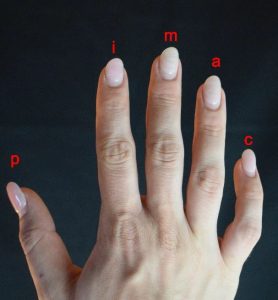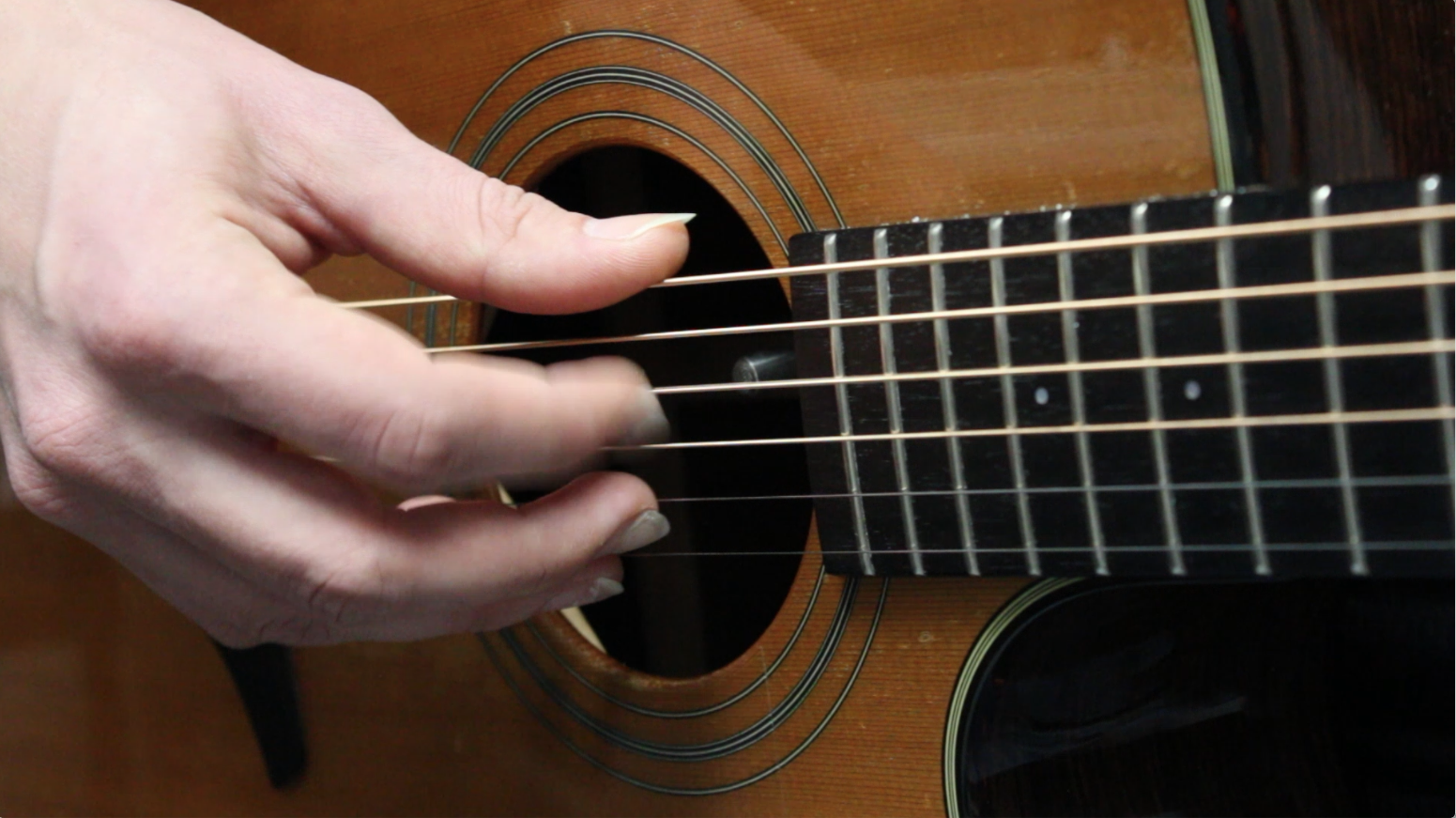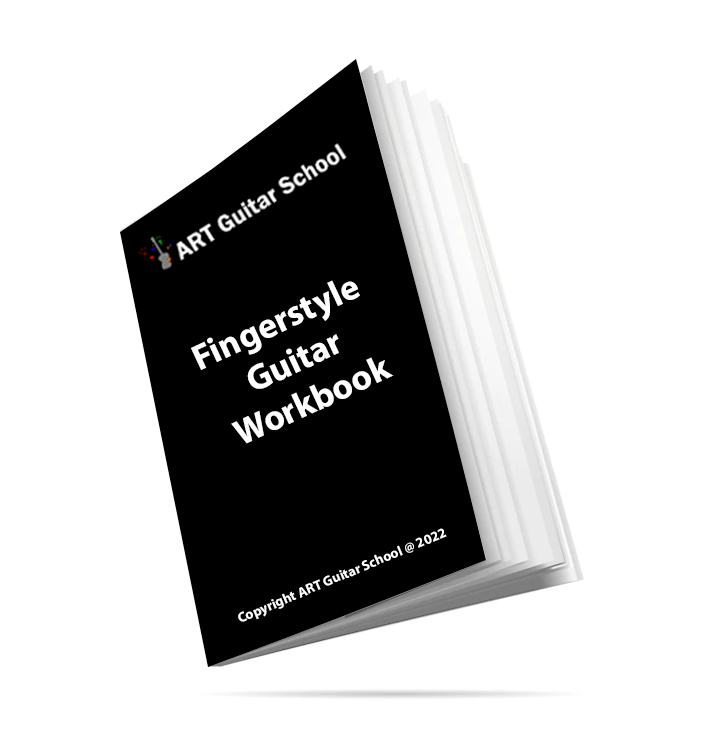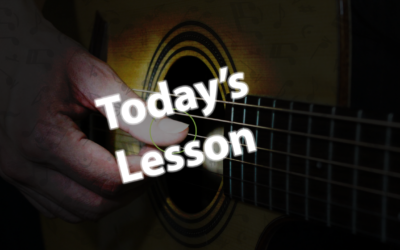FINGERPICKING KEY

The right hand:
P = Thumb
I = Index
M = Middle
A = Ring
Fingerpicking Pattern No. 1
This is the most essential fingerpicking pattern to start with. It requires no left hand chord or fretted notes. It is used in many popular fingerpicking songs and some songs are slight variations of this same pattern.
We have all open strings being plucked in sequential order. Each note is a quarter note in duration and will last exactly one second each if played at 60bpm.
Lets get to playing!
We will pluck each open string in order starting from the 6th string (Low E) and ending on the 1st (High E).
Step 1. Lets start with thumb (p) and pluck the 6th-4th string
Step 2. Pluck index (i), middle (m) and ring (a) on the 3rd-1st strings.

Here is a video demonstration of the finger picking pattern:
If you were having trouble please contact us and we will help you!
FOLLOW US ON
Get our FREE Fingerstyle Workbook!
RELATED BLOG POSTS
Exploring Alternate Tunings for Fingerstyle Guitar
Alternate tunings unlock new sounds and make fingerstyle easier. Here are a few popular ones:
1. Drop D Tuning (DADGBE)
Perfect for power chords and open melodies, often used in rock and blues.
2. Open G Tuning (DGDGBD)
Great for folk and blues, creating a rich, open sound.
3. DADGAD Tuning
Popular in Celtic music, this tuning provides a resonant, atmospheric sound perfect for fingerstyle.
How to Create Your Own Fingerstyle Guitar Arrangements
Creating your own fingerstyle arrangements is incredibly rewarding. Here’s how you can start:
1. Start with a Simple Chord Progression
Pick a chord progression you love and begin with bass notes using your thumb while your fingers pick out the melody.
2. Add Melody to the Bass
Once you’re comfortable with the basic chords, add embellishments to the melody.
3. Use Fingerpicking Patterns
Incorporate your learned patterns, experimenting with alternating thumb strokes and fingerpicking.
4. Add a Personal Touch
Bring your arrangement to life by adding hammer-ons, pull-offs, and unique flourishes.
How to Master Travis Picking for Fingerstyle Guitar
Travis picking is essential for any serious fingerstyle player. Here’s how you can master this iconic technique:
1. The Basics of Travis Picking
Travis picking involves alternating the thumb for bass notes while the fingers pluck the melody. Start with the following pattern:
Thumb (P) on 6th string (E)
Index (I) on 3rd string (G)
Thumb (P) on 4th string (D)
Middle (M) on 2nd string (B)
2. Add Chords and Melody
Once comfortable, incorporate simple chords and build complexity as you progress.
3. Gradual Speed Increase
Start slow and use a metronome to increase your speed as you get more comfortable with the pattern.




0 Comments